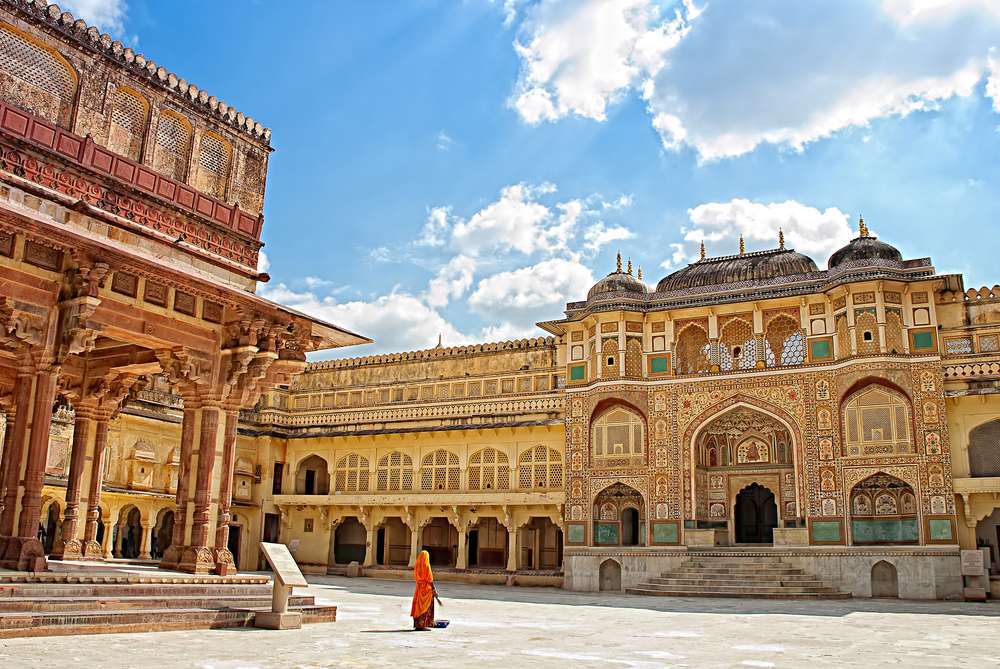India’s cities are vibrant mosaics of history, culture, and modernity. From the chaotic charm of Delhi to the bustling streets of Mumbai and the IT hubs of Bangalore, navigating these cities can be both exhilarating and overwhelming. Here’s a detailed guide to help you travel through India’s bustling urban landscapes with ease and enjoyment.
1. Understanding the City Layout
Each Indian city has a unique layout, often influenced by its history and geography. Familiarizing yourself with the basic structure of a city can significantly ease your navigation.
- Delhi: Divided into Old Delhi and New Delhi, the former boasts narrow, crowded streets and historical landmarks, while the latter features wide avenues and government buildings.
- Mumbai: A coastal city with a north-south layout, it’s divided into the bustling South Mumbai and the suburban North Mumbai.
- Bangalore: Known as the Silicon Valley of India, it’s a mix of traditional and modern, with well-planned areas and tech hubs.
Using maps and city guides can help you get a sense of direction before you set out.
INDIAN VISA FOR BRAZILIAN CITIZENS
2. Choosing Your Mode of Transport
Indian cities offer various modes of transportation, each with its own set of advantages and quirks.
- Public Transport:
- Metro: Cities like Delhi, Mumbai, and Bangalore have extensive metro networks. They are fast, economical, and avoid traffic congestion.
- Buses: Government and private buses ply almost everywhere. While they are economical, they can be crowded and less reliable.
- Local Trains: In cities like Mumbai, local trains are the lifeline. They are incredibly efficient but can be crowded during peak hours.
- Auto-Rickshaws and Taxis:
- Auto-rickshaws are ubiquitous and good for short distances. Always insist on using the meter or agree on a fare beforehand.
- Taxis, including app-based services like Uber and Ola, are convenient and offer air-conditioned comfort. They are a bit more expensive but offer door-to-door service.
- Bicycles and Motorbikes: For the more adventurous, renting a bicycle or a motorbike can be a fun way to explore. It gives you the flexibility to navigate through narrow lanes and avoid traffic jams.
3. Dealing with Traffic
Traffic in Indian cities can be daunting, especially during rush hours. Here are some tips to manage it:
- Time Your Travel: Try to avoid peak hours (8-10 AM and 5-8 PM) when planning your travel. Early mornings or late evenings are generally less congested.
- Use Navigation Apps: Google Maps or local apps like MapMyIndia provide real-time traffic updates and suggest the fastest routes.
- Stay Alert: Indian traffic can be unpredictable with jaywalking pedestrians, stray animals, and aggressive driving. Stay alert and cautious.
4. Cultural Etiquette and Safety
Understanding and respecting local customs can make your travel experience smoother.
- Dress Appropriately: In conservative areas, it’s advisable to dress modestly. Carrying a scarf or shawl can be useful.
- Be Polite: A friendly and respectful demeanor goes a long way. Use basic Hindi phrases like “Namaste” (Hello) and “Dhanyavad” (Thank you) to connect with locals.
- Stay Safe: Avoid isolated areas, especially after dark. Stick to well-lit, crowded places. Keep your belongings secure and be wary of pickpockets.
5. Eating Out
Indian cities offer a gastronomic delight, from street food to fine dining. Here’s how to navigate the culinary landscape:
- Street Food: Indulge in local delicacies like Delhi’s chaat, Mumbai’s vada pav, or Bangalore’s dosas. Ensure the food is freshly prepared and from a reputable vendor to avoid stomach issues.
- Restaurants: For a more comfortable dining experience, explore local restaurants and cafes. Apps like Zomato and Swiggy can help you find popular spots and check reviews.
- Water Safety: Always opt for bottled or filtered water. Avoid ice in drinks from street vendors as it might be made from unfiltered water.
INDIAN VISA DOCUMENTS REQUIRED
6. Sightseeing and Exploring
India’s cities are rich in historical sites, museums, parks, and cultural hubs.
- Plan Ahead: Make a list of must-visit places and plan your itinerary. Booking tickets online for popular attractions can save time.
- Local Guides: Hiring a local guide can enhance your experience with historical insights and local stories. Ensure they are licensed and reliable.
- Walking Tours: Many cities offer walking tours that provide an immersive experience. These tours often cover hidden gems and local markets.
Read more: How to Start a Successful E-Commerce Business in India








